Which segment will drive CPHL’s growth in next 3 years?
Key takeaways
- CPHL is entering the retail pharmaceutical market, launching 15 new finished products in FY25 across multiple therapeutic categories.
- Retail revenue is projected to contribute 20% (Rs5.8bn) by FY26, capturing a 2-3% market share in the Rs235bn retail analgesics and antibiotic market.
- Retail margins are nearly three times higher than API margins, driving gross margin expansion from 13% to 20% by FY26.
- Earnings per share (EPS) impact from retail is expected to rise from Rs1 in FY25 to Rs8 by FY27, significantly enhancing profitability.
- By FY29, retail sales will account for 57% of total revenue, making CPHL a major player in the high-margin finished pharmaceutical market.
Citi Pharma’s retail venture: a new era of growth
Pakistan’s pharmaceutical sector witnessed significant growth in FY24, driven by price deregulation and rising demand for essential medications. Capitalizing on this favorable market environment, Citi Pharma (CPHL) is set to enter the retail segment, a move expected to substantially boost earnings and margins from FY26 onwards.
CPHL plans to launch 15 finished products in FY25, with 6 products in phase 1 and 9 more in phase 2, covering a broad spectrum of therapeutic areas. These include analgesics (such as paracetamol), antibiotics, nutraceuticals, and gastroenterology medications. The company has also set its sights on the biosimilar drug category, with products like Insulin and Semaglutide already in the approval pipeline under Pakistan’s API Policy of 2022.
📢 Announcement: We're on WhatsApp – Join Us There!
Strategic approach to retail market entry
Rather than immediately diving into the retail market, CPHL has strategically built its infrastructure first. The company set up a formulation plant and initially supplied products to government hospitals, establishing credibility before expanding into commercial retail.
This careful planning has positioned CPHL for success, as it now transitions into high-margin finished pharmaceutical sales under its branding, such as Askprol in the analgesics segment.
Why retail is a game-changer for CPHL?
The retail segment presents a massive opportunity for CPHL due to:
- Higher Market Size: The combined market size of retail analgesics and antibiotics stands at Rs235bn, offering significant growth potential.
- Stronger Margins: Retail products command margins nearly three times higher than APIs, boosting overall gross margins from 13% in FY24 to 20% in FY26.
- Revenue Expansion: By FY26, retail will contribute Rs5.8bn, representing 20% of total revenue, and will continue to grow, reaching 57% of total revenue by FY29.
Projected financial impact
CPHL’s retail expansion will substantially impact profitability, with key financial indicators reflecting strong future earnings:
- EPS from retail will rise from Rs1 in FY25 to Rs3 in FY26 and Rs8 in FY27, contributing significantly to shareholder value.
- PAT (profit after tax) contribution from retail is projected to grow exponentially, reinforcing CPHL’s shift towards a higher-margin business model.
- Revenue from retail will surpass API and formulation revenue by FY29, transforming CPHL into a leading player in Pakistan’s finished pharmaceutical market.
CPHL’s move sets the stage for long-term success
Citi Pharma’s strategic entry into the retail pharmaceutical sector marks a pivotal shift in its business model. By leveraging higher margins, increasing market share, and expanding its product portfolio, the company is on track for explosive earnings growth from FY26 onward.
With retail set to dominate revenue contribution by FY29, CPHL is no longer just an API manufacturer—it is evolving into a major force in Pakistan’s finished pharmaceutical industry. Investors looking for high-growth opportunities in the pharma sector should closely watch CPHL’s transformation in the coming years.
⚠️ This post reflects the author’s personal opinion and is for informational purposes only. It does not constitute financial advice. Investing involves risk and should be done independently. Read full disclaimer →

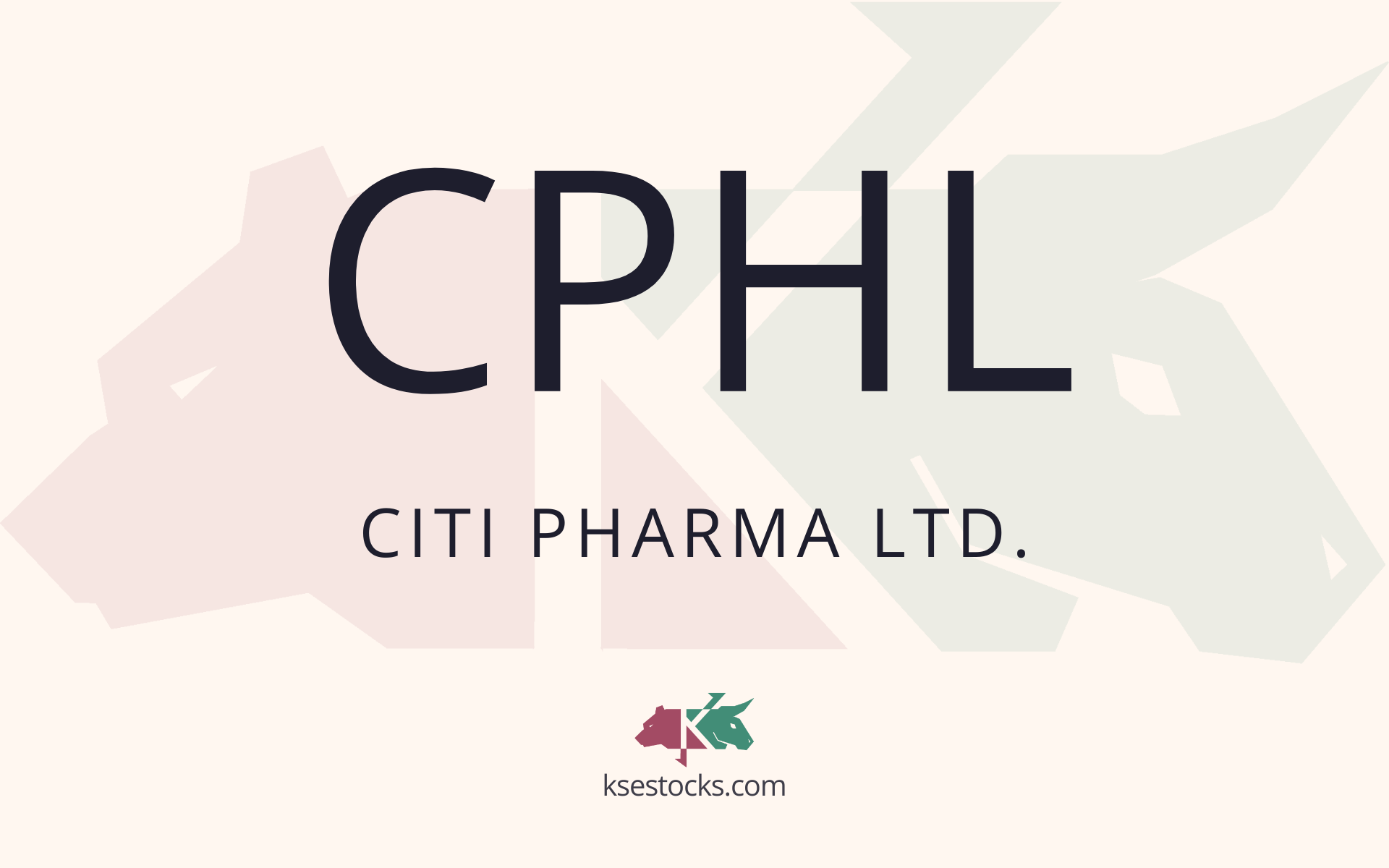

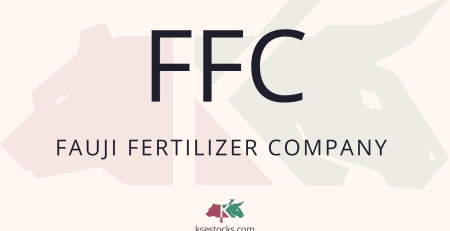
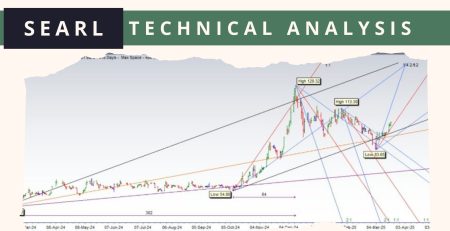
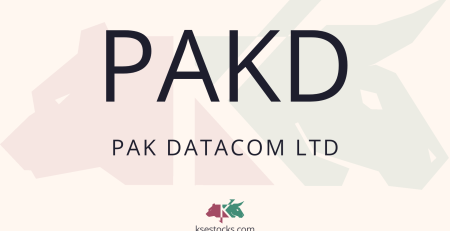
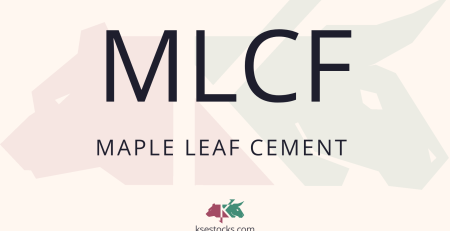
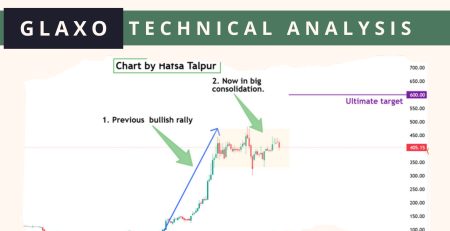
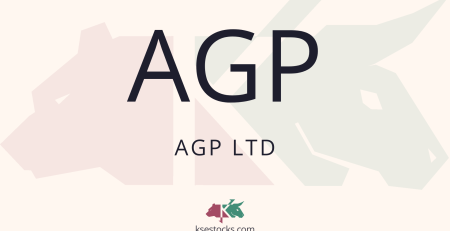
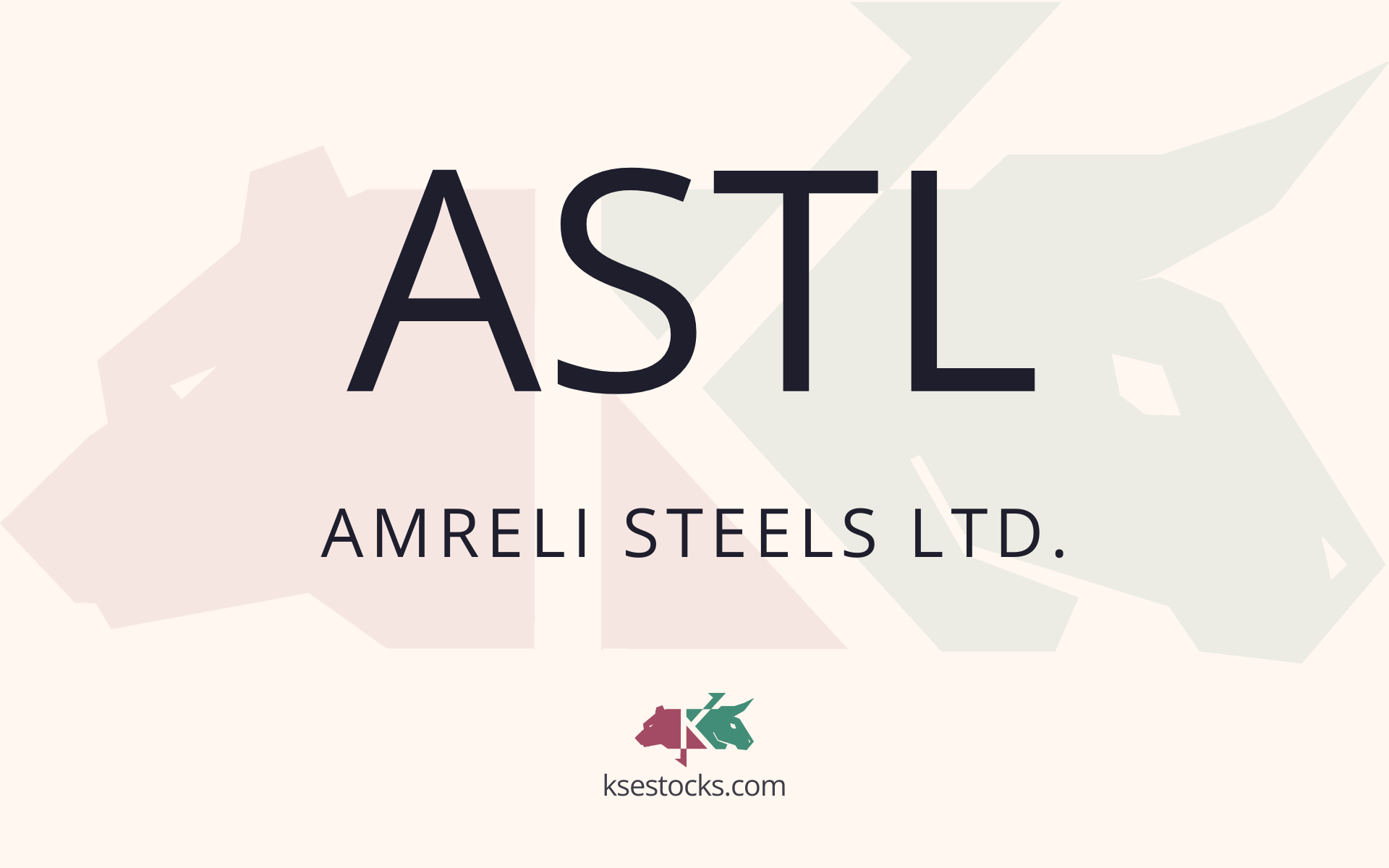
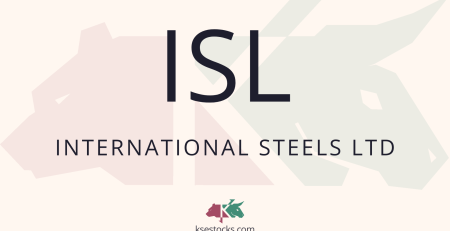
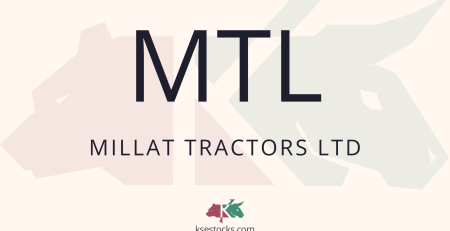
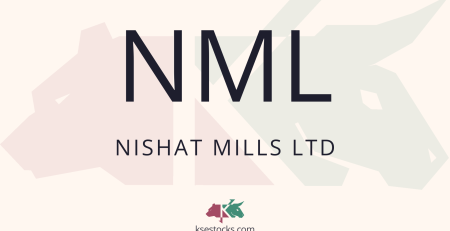
Leave a Reply